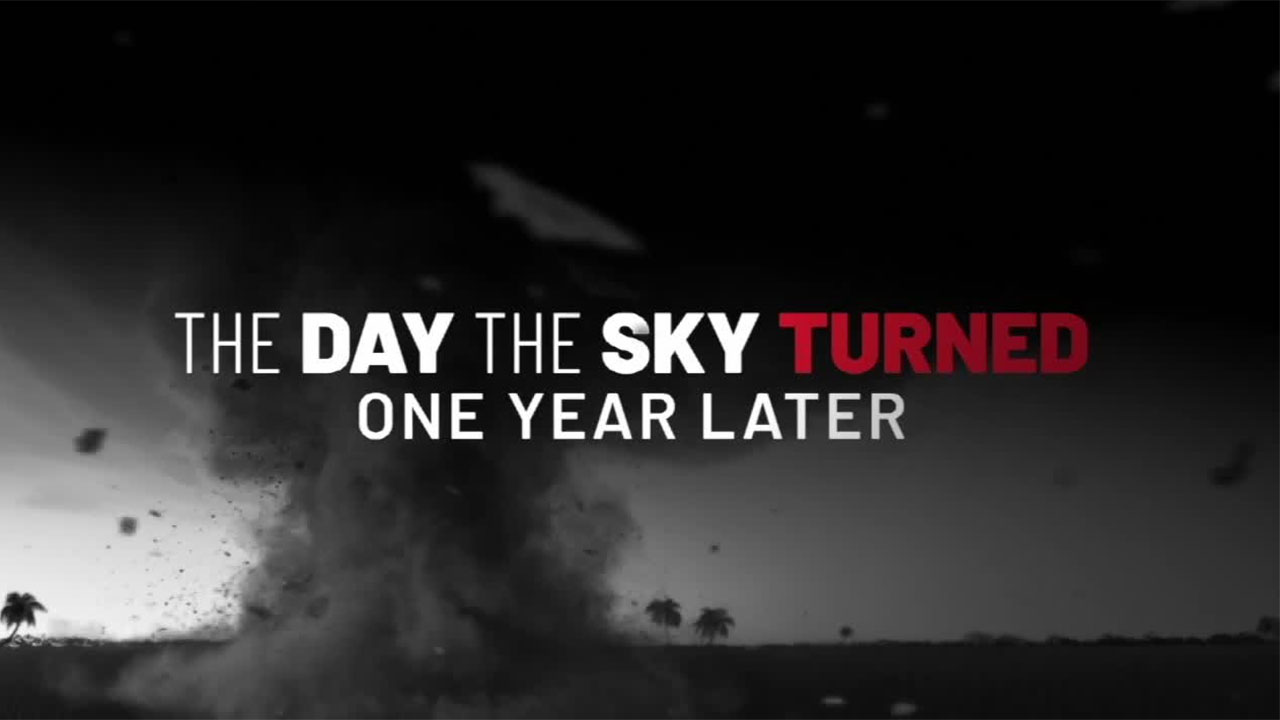TALLAHASSEE --- State regulators next week will take up proposed rules that could help set the stage for an expansion of underground power lines in hurricane-weary Florida.
Such an expansion received widespread support from lawmakers during the spring legislative session, but the Florida Public Service Commission is responsible for carrying out details of a new “storm protection” law that supporters have touted as a way to reduce power outages when hurricanes hit.
Commission staff members Friday issued a 39-page document that details proposed rules for moving forward with the law, including addressing closely watched issues about how costs for the projects would be passed on to utility customers. The commission is slated to consider the proposed rules during an Oct. 3 meeting.
Utilities already have underground power lines in some areas. But a key part of the law changes how underground power-line projects are financed, a change that could lead to more projects --- but also higher bills for utility customers.
Generally, utilities such as Florida Power & Light, Duke Energy Florida, Tampa Electric Co. and Gulf Power have incorporated storm-hardening costs in their base electric rates, which are set for multiple years. The Public Service Commission goes through months-long processes to determine base rates, looking at financial and technical issues that involve numerous parts of utility operations.
But the new law sets up a separate commission process that allows utilities each year to seek to collect money from customers for storm-protection projects, such as building underground power lines.
The proposed rules going before the commission next week address critical issues such as how that process will work. One of the key questions in recent weeks has focused on when utilities would be able to start collecting money from customers for the projects.,
Siding with arguments made by utilities, commission staff members are recommending that the companies be able to collect projected costs from customers before the storm-protection work is completed. That would be similar to the way costs are projected and recouped for such expenses as power-plant fuel. After the work is finished, the utilities would go through a “true-up” process that compares the projections with the actual costs, with adjustments then made to customers’ bills.
The state Office of Public Counsel, which represents consumers in utility issues, objected to the possibility of utilities being able to collect projected costs from customers and said the new law only authorized collection of the actual costs.
In their recommendation, however, Public Service Commission staff members said they see the cost-recovery process “mirroring” the way other types of expenses, such as fuel costs, are recouped. They listed a series of reasons for allowing utilities to collect projected costs, including reducing “regulatory lag” and helping spur companies to undertake storm-protection projects.
“(Allowing) for the timely recovery of costs incentivizes (the utilities) to undertake capital-intensive projects that will achieve the purpose of the statute: hardening the state’s electric transmission and distribution infrastructure to better withstand extreme weather conditions,” the recommendations said.
On another key issue, however, the commission staff members disagreed with the utilities. The new law requires utilities to file 10-year plans to bolster storm protection. But the disputed issue in the rule involves whether utilities should have to provide detailed information about projects expected during the first three years of the plan --- or whether such detailed information should only be required for projects in the first year.
The Office of Public Counsel has argued that longer-term detailed information is needed to make sure utilities don’t collect money under the new law for projects whose costs also are being passed on to customers through base rates. The public counsel in a late-August filing described such a situation as “double recovery of the same costs.”
Florida Power & Light, however, said in a filing that providing detailed information about projects in the second and third years is “not feasible for FPL, nor is it desirable.”
“The specifics of program implementation inevitably change as one gets closer to implementation due to a host of issues including access and customer acceptance, and changing priorities based on more current reliability data,” FPL said in the filing. “FPL believes that it is more realistic to require project-level detail for the first year of a plan, and then more general information for years 2 and 3 that is nonetheless sufficiently detailed (e.g., type and number of projects and program costs) to support the development of annual rate-impact estimates for the first three years.”
The Public Service Commission staff members, however, wrote that “project-level information for each of the first three years is necessary to provide a baseline for the commission’s review and comparison of costs sought” in the new process.






